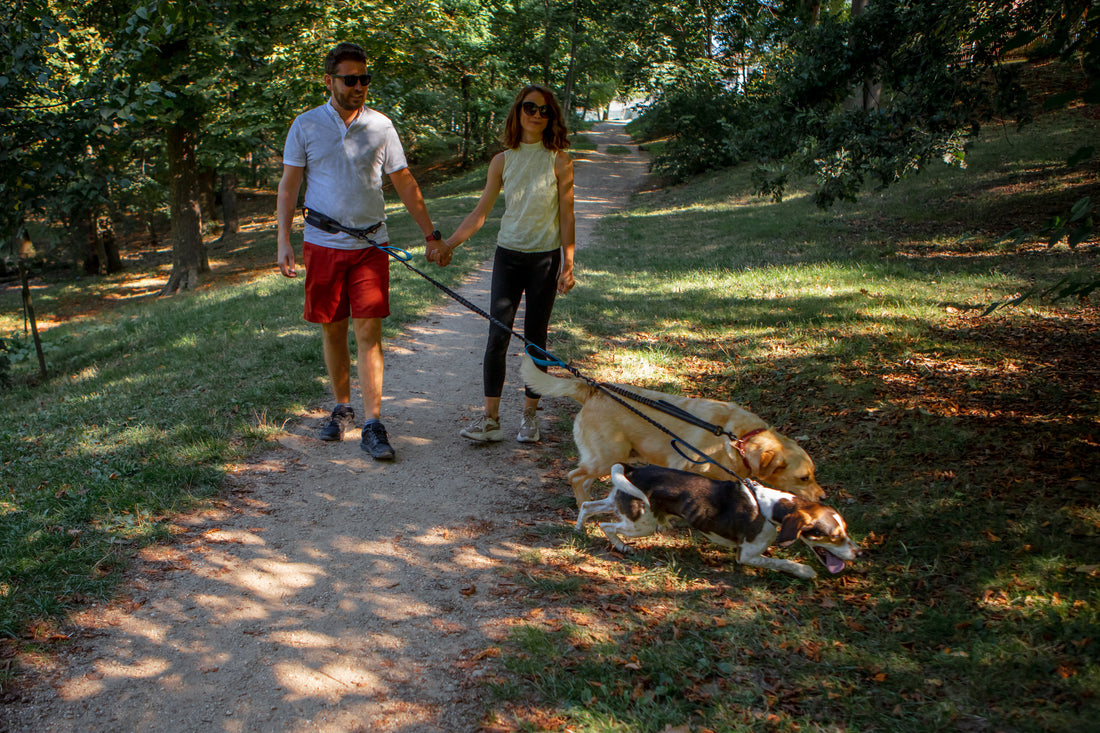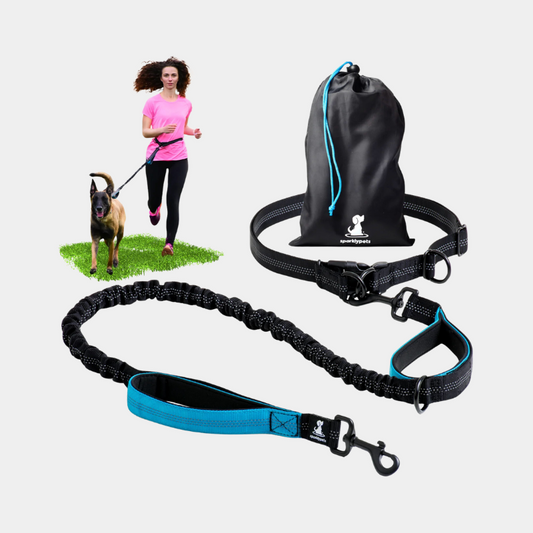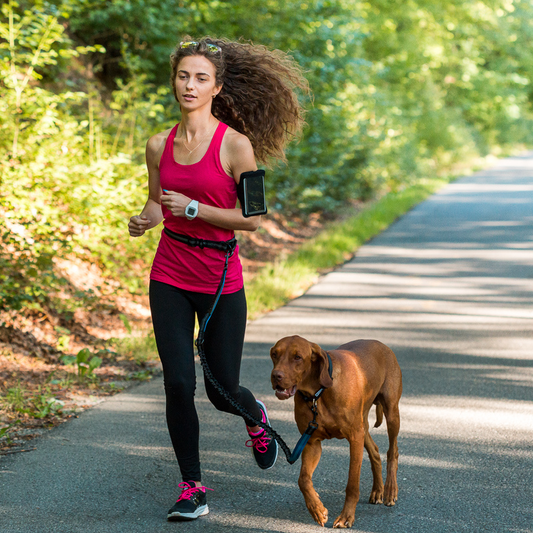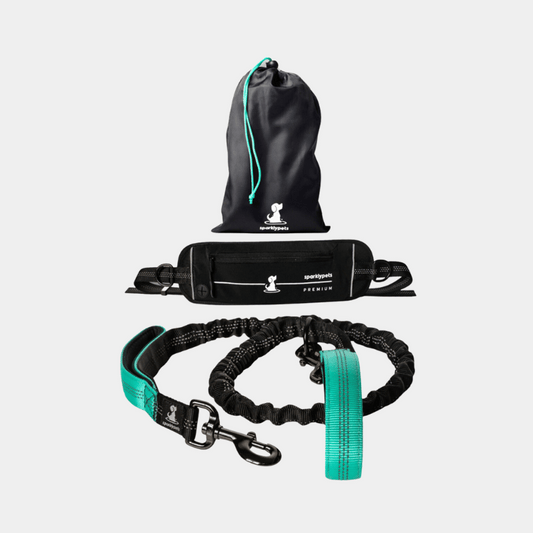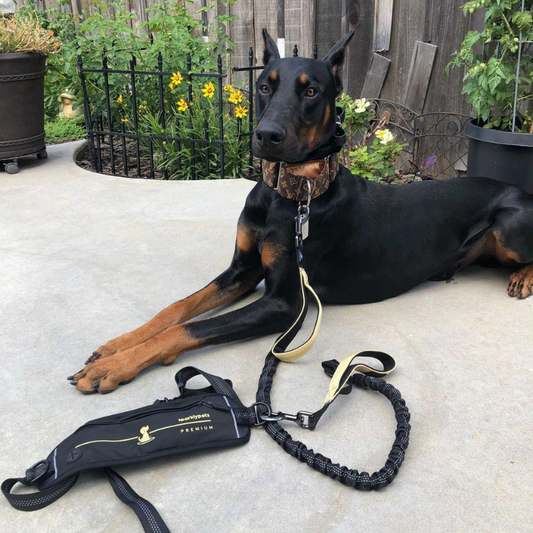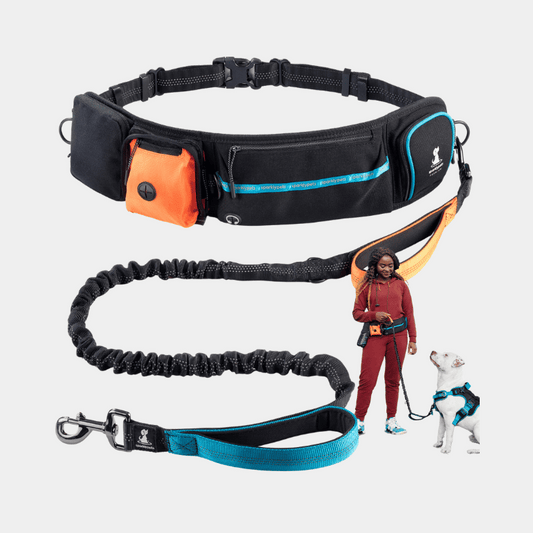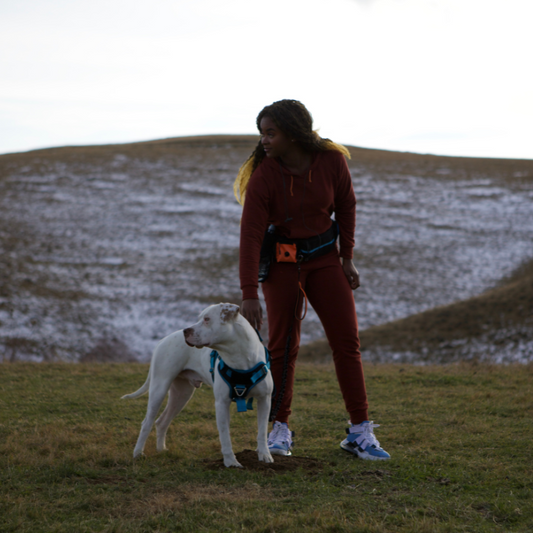Positive reinforcement is a training method based on the principle of rewarding good behavior instead of punishing bad behavior. It has been widely recognized as an effective and humane way to train dogs. With positive reinforcement, you can build a stronger bond with your dog, and teach them to associate good behavior with positive outcomes.
To start positive reinforcement training, you need to set up a training plan that suits your dog's needs and personality. Here are some tips that can help you start your positive reinforcement journey:
- Understand your dog's needs
Every dog is different, and their needs may vary based on their breed, age, and temperament. Before starting positive reinforcement training, it is important to understand your dog's needs and limitations. Observe their behavior and see what they like and dislike. This will help you choose the right treats, toys, and rewards for training.
- Identify the behaviors you want to reinforce
The key to positive reinforcement training is to reinforce the behaviors you want your dog to repeat. Start with simple commands, such as sit or stay, and gradually move to more complex ones. Be patient and consistent, and remember to always reward good behavior.
- Use high-value rewards
To motivate your dog, you need to use high-value rewards that your dog finds irresistible. These could be small pieces of cooked chicken, cheese, or hot dogs. Reserve these treats for training sessions, so your dog sees them as a reward for good behavior.
- Keep training sessions short
Dogs have a short attention span, so keep training sessions short and fun. Aim for 10-15 minute sessions, and end on a positive note. If your dog starts to lose interest, take a break and come back to it later.
- Use positive body language
Dogs respond to body language and tone of voice, so it's important to use positive body language when training. Smile, use an upbeat tone of voice, and give your dog plenty of praise and affection when they do something right.
- Ignore unwanted behavior
If your dog exhibits unwanted behavior, such as jumping or barking, ignore it. Don't give them any attention, as this can reinforce the behavior. Instead, redirect their attention to a desired behavior and reward them for it.
- Be patient and consistent
Positive reinforcement training takes time and patience. Be consistent with your commands and rewards, and don't get frustrated if your dog doesn't understand right away. Celebrate small victories and keep practicing. With patience and persistence, your dog will learn to associate good behavior with positive outcomes.
Positive reinforcement training is a powerful tool for building a strong bond with your dog and teaching them to make positive choices. It can also be used to address behavioral issues such as aggression, anxiety, and fear. Remember to always be patient, consistent, and kind with your dog, and you will see great results in no time.

